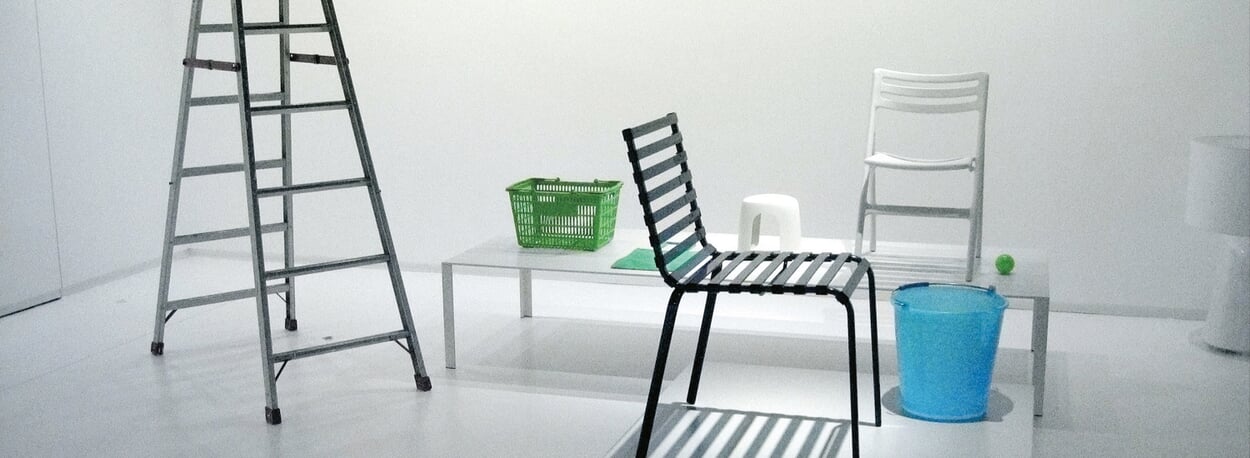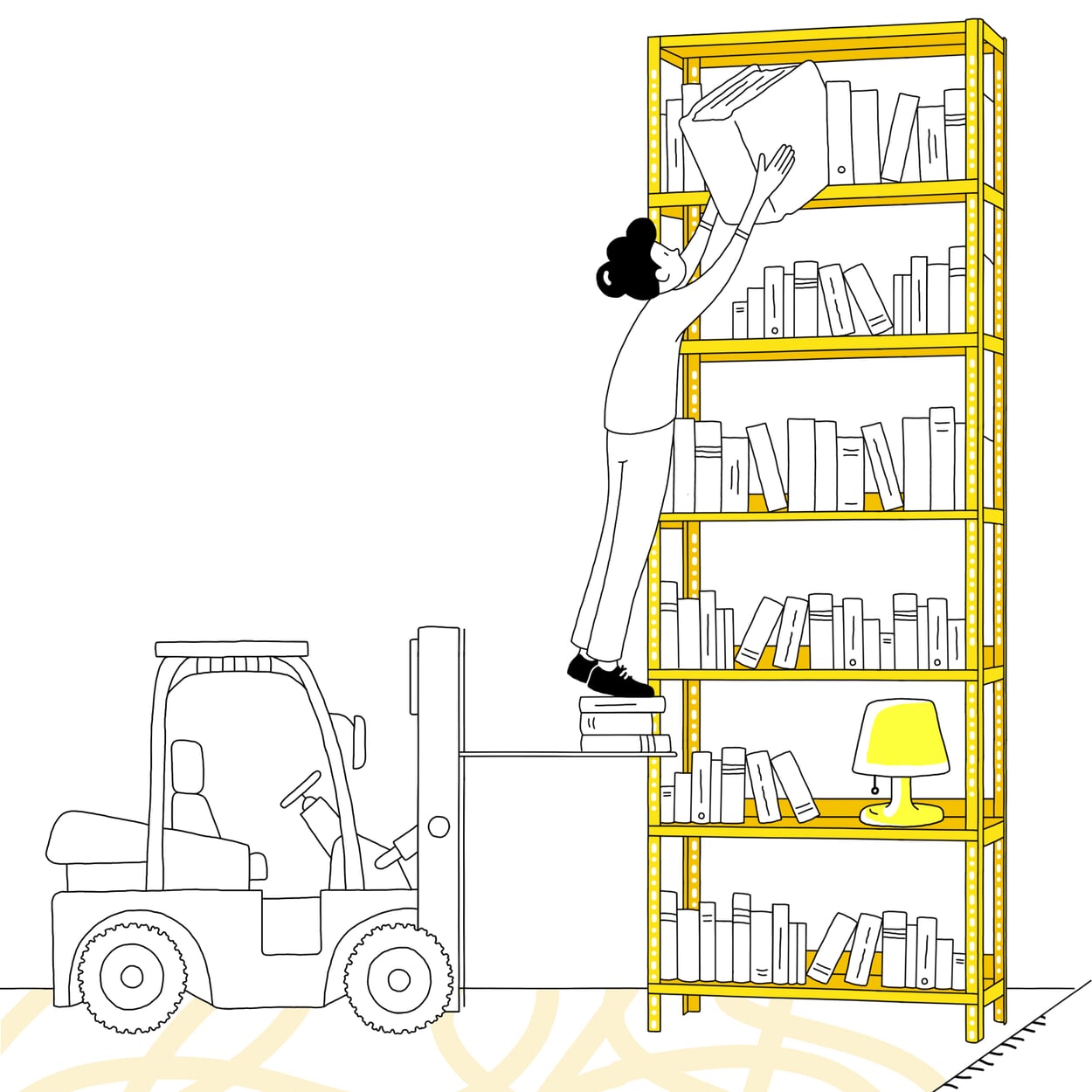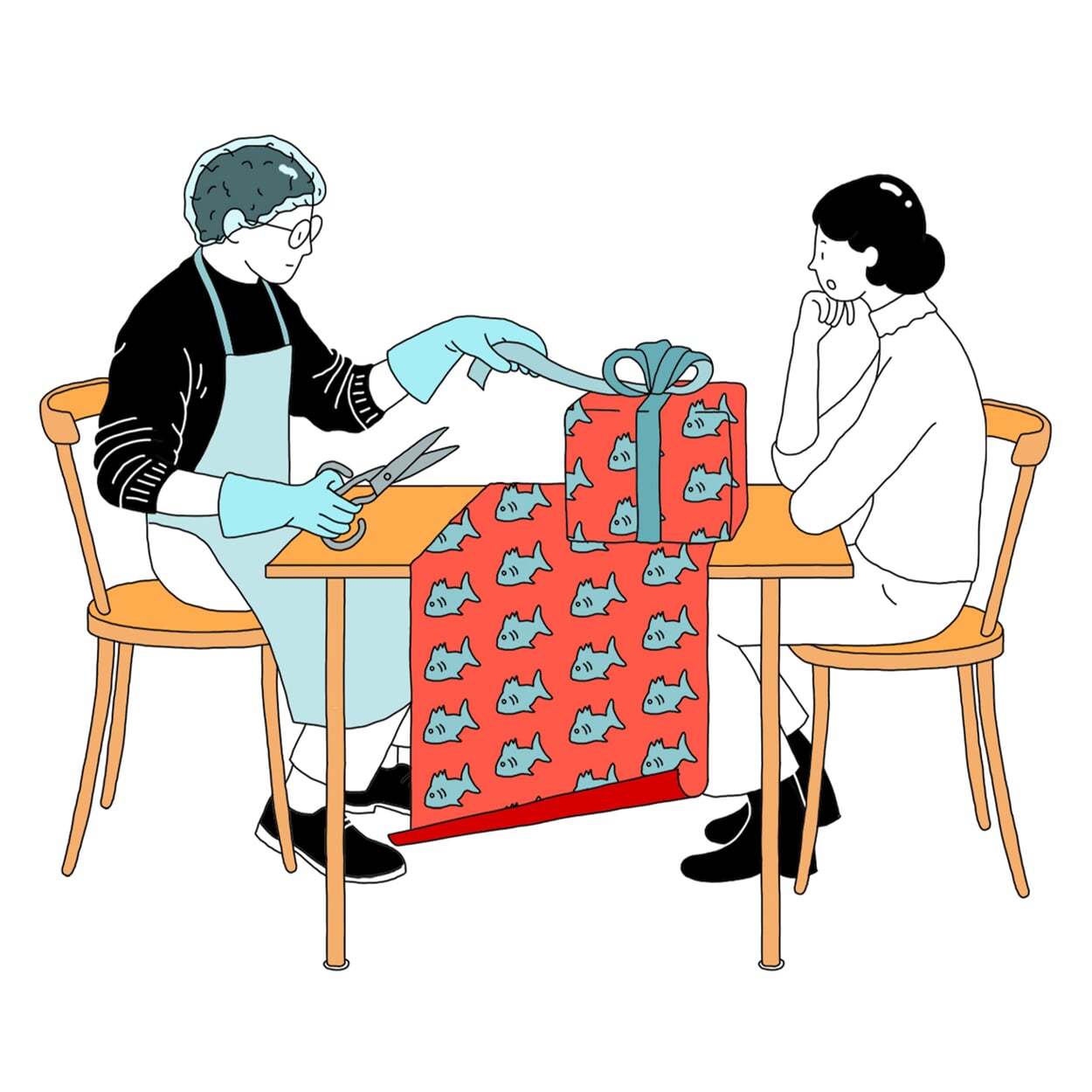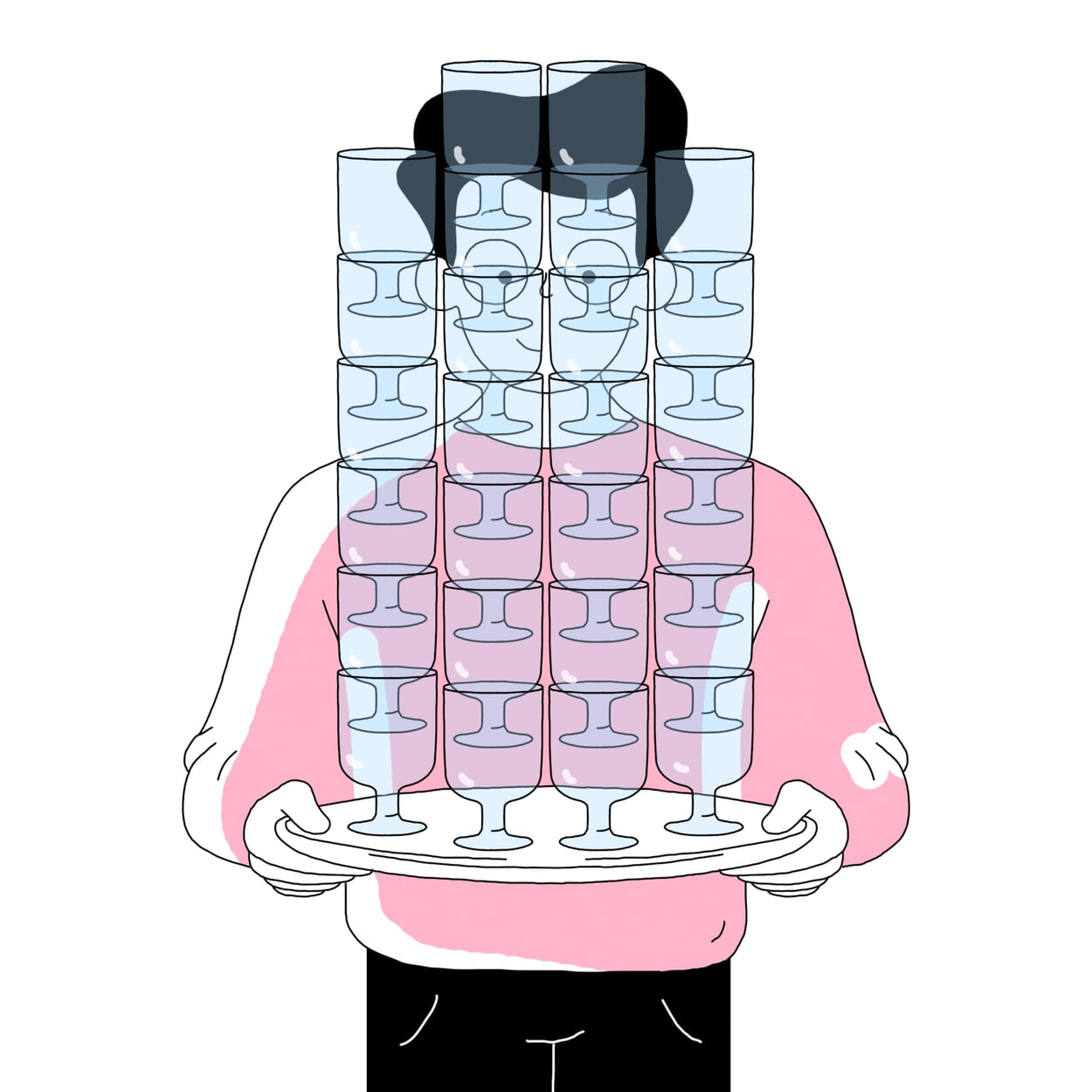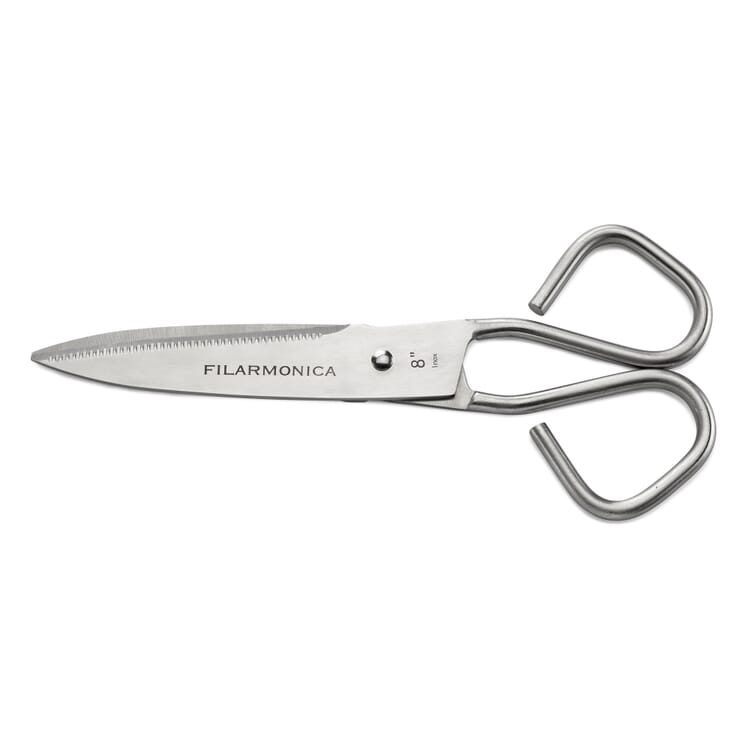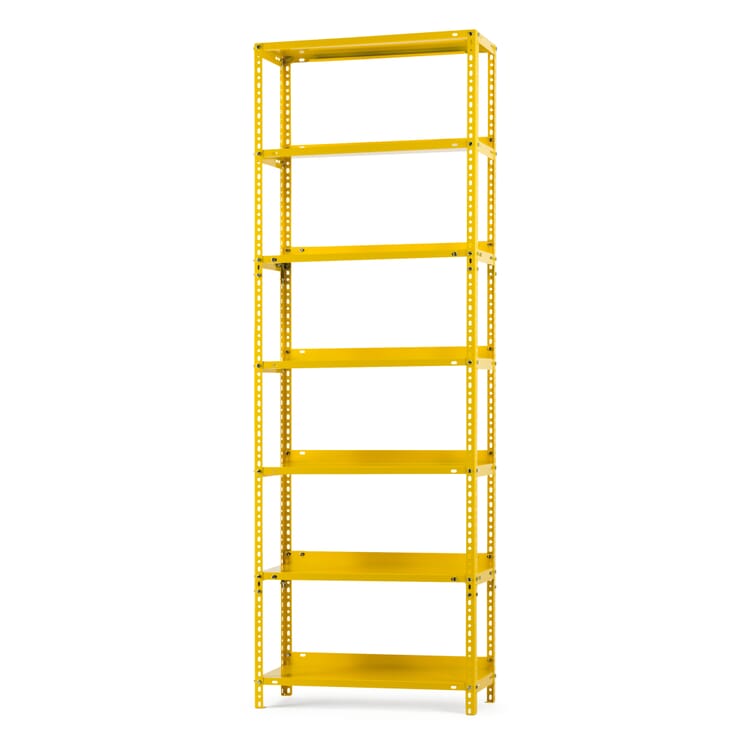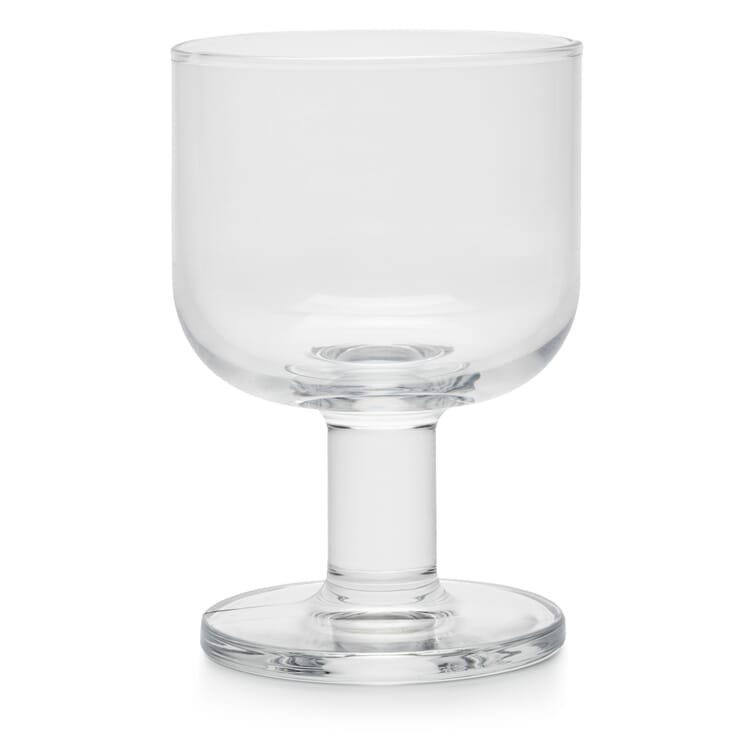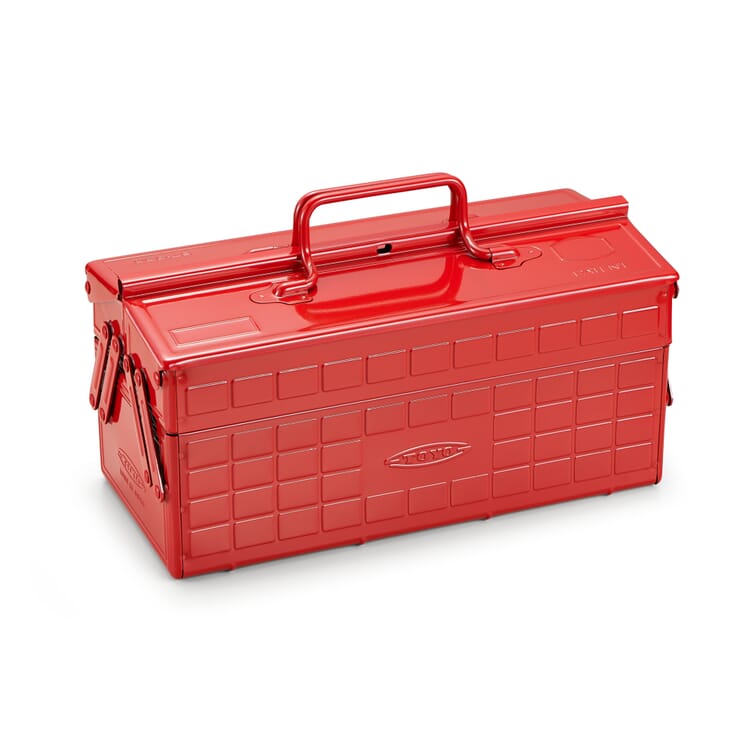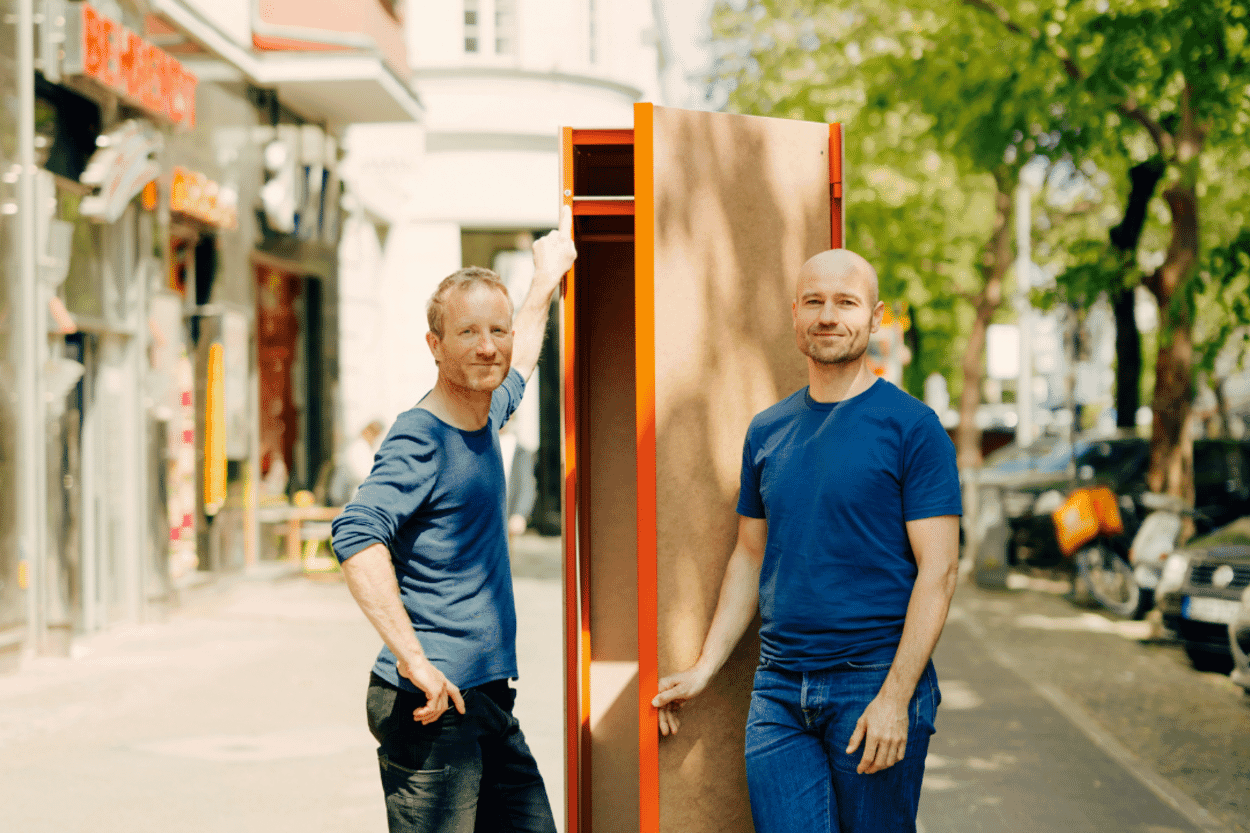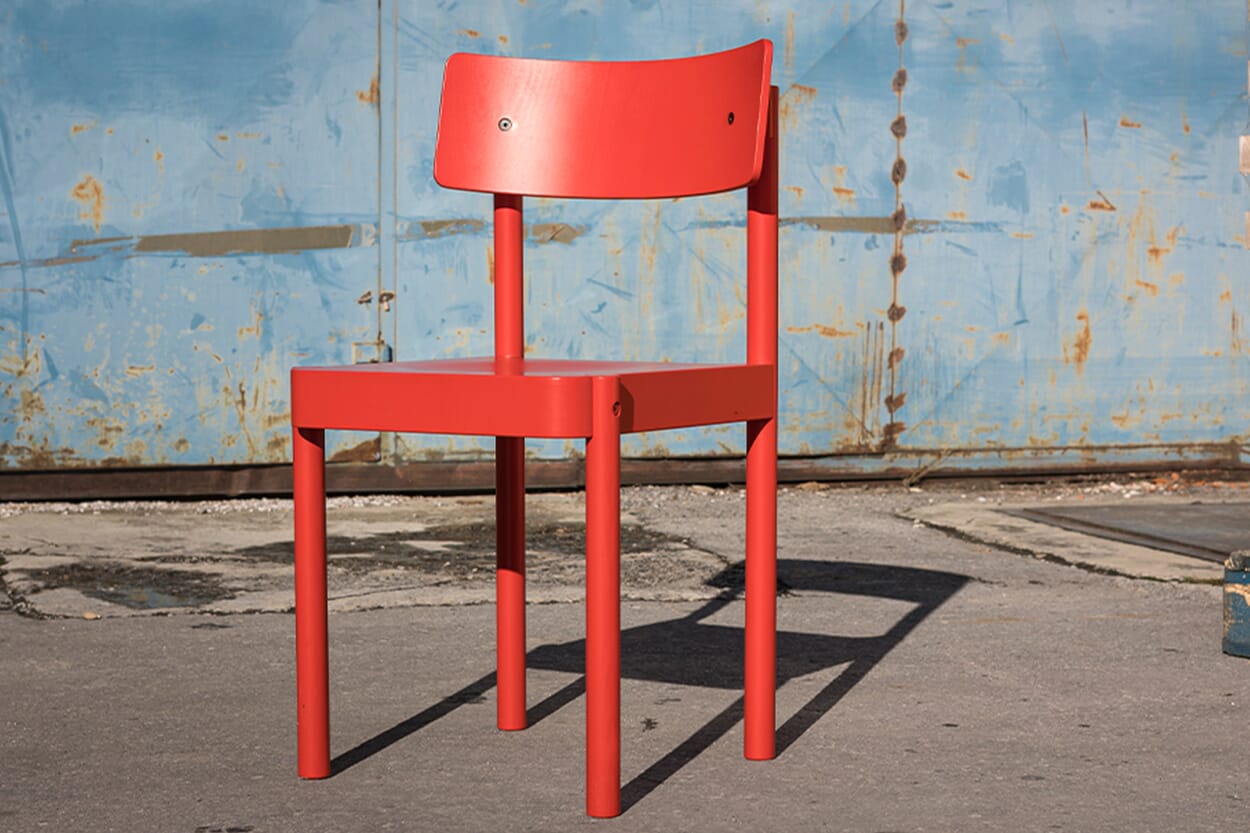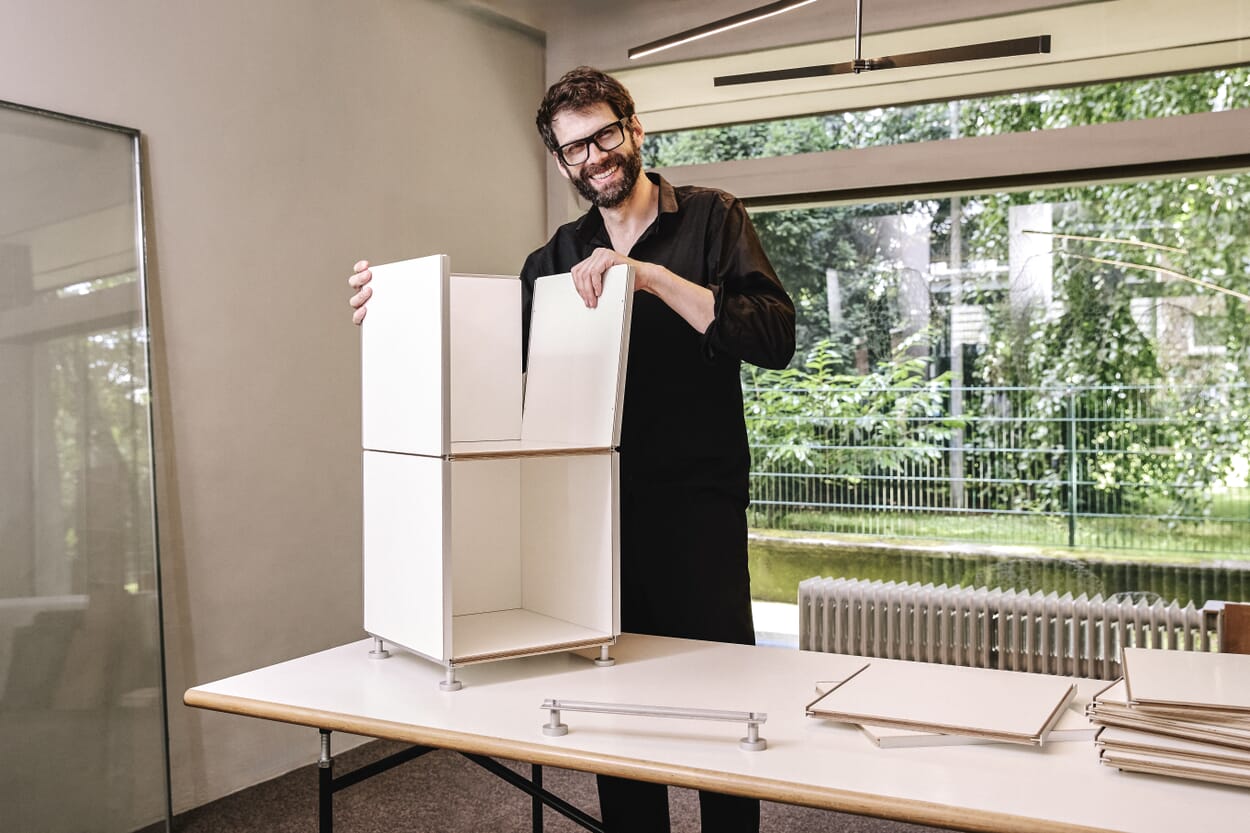Things without ego
In a highly specialized consumer society, there is a suitable product for every requirement. But if you look closely, you will also find universalists whose form, material and aesthetics invite misuse. As a design field researcher, MAGAZIN has been on the trail of these multi-talents since 1971 - worldwide and off the beaten track.
Text:Tanja Pabelick
In the mid-2000s, strictly functional products were taken out of dark drawers and specialized areas of application and placed in the spotlight. From then on, they were no longer considered banal, but "super normal". Under this title, designers Jasper Morrison and Naoto Fukusawa published a book in 2006 in which they cataloged the supposedly ordinary and practical. It was a homage to discreet design, to paper clips, shopping baskets, BIG ballpoint pens and household scissors. Anonymous things, without birth certificate or proof of origin, things that were supposedly always there and did not woo, advertise or shout. Taken out of their context and photographed against a white background, the many silent servants of everyday life suddenly appeared shapely and precise, solid and durable, materially honest and functionally transparent. Yet they remained unchanged - only the viewer's gaze had shifted.
This change of perspective stands for an understanding of design that MAGAZIN has represented since it was founded in 1971 and for the method behind the product range. It is about recognizing the practical significance and quality of things. And not judging them according to the environment in which they are presented or the purpose for which they are intended. One of these pioneering products from MAGAZIN is still in the catalog today, the classic industrial storage shelving made of steel. It is slim, yet resilient and conveys an important message: in a large warehouse and loaded with cardboard boxes, it is a hard-working tool. Standing on a Persian carpet and carrying a library, it is an elegant roommate. There are places where things - tailored to a particular task or cultural context - develop quietly to perfection. The former applies to the scissors BLANK, which are actually used in the fishing industry. It is made up of two forged parts, and the ergonomically curved round bar of the handle merges directly into the flat blade. This manufacturing method is pragmatic because it is pure in terms of material, and it results in a high-quality and robust aesthetic. This makes BLANK a good tool for many areas of application and turns it into universal scissors at MAGAZIN. The NETZBOX, which can be found in changing rooms in shipyards in the UK, has also been adopted from the cosmos of the harbour. Tools and work clothes can be stored in its mesh body and dried at the same time. However, when it is brought into the office, hallway, bathroom or living room, it acts like a translucent frame and suspends its contents. The delicate metal structure provides a clear view from all angles and turns personal possessions from plates and books to decorative collector's items into visible exhibits.
It takes instinct, time, patience, luck - and the right strategy - to track down these things in our seemingly endless consumer world. MAGAZIN prefers every hardware fair to a furniture show, visits international household goods stores, workshops, DIY stores and garden centers. After all, objects that are reduced to their elementary functions and materials often exist in unpretentious places. The stackable and impact-resistant wine glasses Pile were designed for the catering trade. The toolboxes TOYO come from Japan and are made for a challenging existence in which they are sometimes exposed to oil and dirt, sometimes to a knock. The small red and silver aluminum boxes are also made of metal and were originally developed for the dental sector, but are so beautifully designed and ascetic that they are also worthy of their role as treasure chests. None of these Objekten are the work of an authorial designer and they are not necessarily backed by a prestigious brand, but they stand out with values such as authenticity, pragmatism and quality.
Illustartions: Clo'e Floirat Image: © Jasper Morrison Studio
To the products
Discover more products & backgrounds
Space-consuming and conventional - that's how we know the closet. But there is another way, as MAGAZIN shows with the new MAGAZIN product P100: The wardrobe is based on a steel construction that is clad with panels made from a new, sustainable wood-based material. The aesthetics are also MAGAZIN through and through.
When Kuno Nüssli's Container DS found its way into the MAGAZIN range, nobody would have dreamed that the product would one day become a bestseller. We visited the universal creative Kuno Nüssli in Basel.
1HOCH3 is a shelving unit that is reduced to its essence - and at the same time can grow beyond itself. To mark the 20th anniversary of the MAGAZIN shelving system, we visited designer Dominik Lutz to hear the story behind the design.

